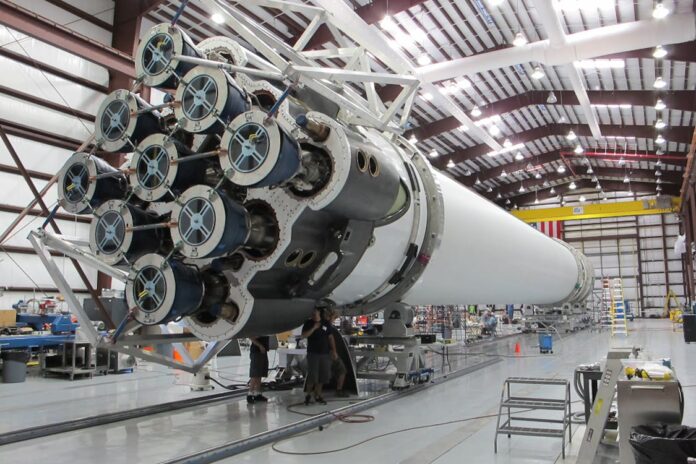Mechanical systems are intricate machines where every component plays a vital role in overall performance. Among these components, maintaining correct tension is key to ensuring operational efficiency and longevity, especially for crucial parts like the dash95u10b. In this blog post, we will explore the significance of tension adjustment, provide a comprehensive guide on how to adjust tension on part no. dash95u10b, and offer insights into best practices for maintenance.
Understanding the Tension Adjustment on Part No dash95u10b
The dash95u10b is a critical component in various mechanical systems. Its primary role is to connect and stabilize parts, ensuring they function smoothly together. Proper tension in this part is essential, not only for optimal performance but also for extending its lifespan and avoiding costly repairs.
Tension adjustment is crucial as it affects the mechanical load distribution and efficiency of the system. Incorrect tension can lead to excessive wear and tear, reduced performance, and even system failure. Maintaining the proper tension on part no. dash95u10b can significantly improve the mechanical system’s reliability and efficiency.
Signs of Incorrect Tension
Recognizing the signs of incorrect tension is crucial for timely adjustments. Common indicators include unusual vibrations, misalignment, and noise generation. An increase in energy consumption or a significant decrease in system performance can also suggest the need for tension adjustment.
Regular inspections and paying heed to these symptoms can prevent further damage. Engineers should be vigilant about these indicators to maintain the mechanical system’s health.
Step-by-Step Guide to Adjusting Tension
Assess Current Tension
Begin by assessing the current tension of part no. dash95u10b. Use a tension gauge to get accurate measurements. Compare these measurements with the manufacturer’s specifications to determine any deviations.
Adjusting the Tension
To adjust tension, you will need to loosen the locking mechanism, usually a set of bolts, around the part. Gradually adjust the tensioner screw until the desired tension is achieved. Ensure you make small adjustments to avoid over-tensioning, which can be just as detrimental as under-tensioning.
Testing and Verification
After adjustment, it’s crucial to test the part in operation. Monitor the system for any signs of strain or further adjustment needs. Recheck with the tension gauge to confirm that the tension aligns with the recommended levels.
Best Practices for Maintaining Optimal Tension
Regular inspection is the key to maintaining optimal tension. Include tension checks in your routine maintenance schedules. Lubricate parts regularly to reduce friction and wear that can affect tension.
Documentation of tension levels after each adjustment is vital, allowing engineers to track any changes over time and anticipate future adjustments. Collaborating with other engineers to discuss tension maintenance can also provide valuable insights and techniques.
Tools and Techniques
Using the right tools can streamline tension adjustment. A reliable tension gauge is essential for accurate readings. Adjustable wrenches and screwdrivers are also necessary for making precise adjustments.
Advanced techniques, such as ultrasonic tension measurement or laser alignment tools, can offer more detailed insights and enhance accuracy. These tools can help diagnose issues before they become major problems, ensuring the system remains in top condition.
Real-World Examples
In a recent case study, a manufacturing plant faced frequent downtime due to misaligned mechanical parts. By implementing a regular tension adjustment schedule for their dash95u10b parts, they reduced downtime by 40%, leading to significant productivity gains.
Another example is from the automotive industry, where precision tension adjustments on dash95u10b components improved vehicle performance and fuel efficiency. This showcases the broad applications and benefits of proper tension maintenance.
Conclusion
Proper tension adjustment on part no. dash95u10b is not just a maintenance task; it is an essential practice for optimizing mechanical systems’ performance and longevity. By understanding and applying the techniques discussed, mechanical engineers can ensure their systems run smoothly and efficiently.
Don’t wait for issues to arise. Proactively maintain your system’s tension to avoid disruptions. For those looking to deepen their understanding or seeking professional guidance, consider reaching out to industry experts or enrolling in specialized training programs. This proactive approach will not only enhance your skills but also add significant value to your organization.

